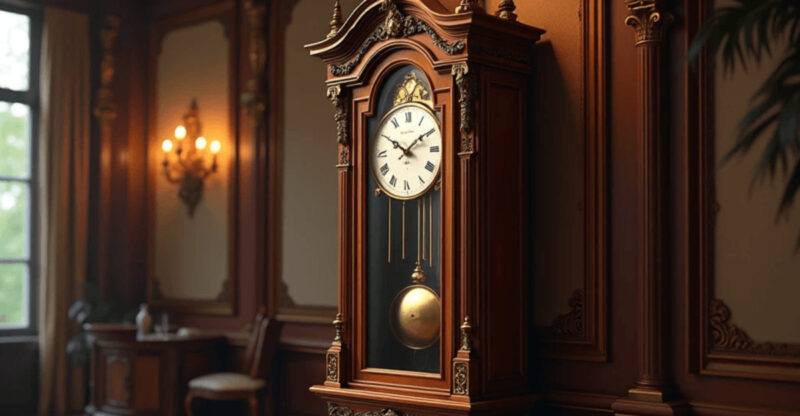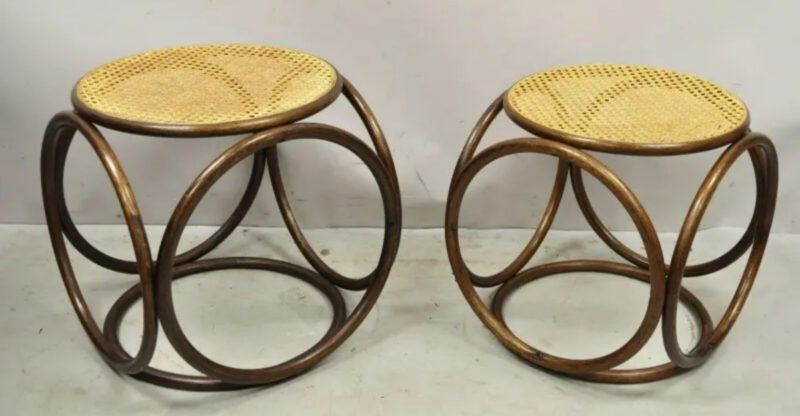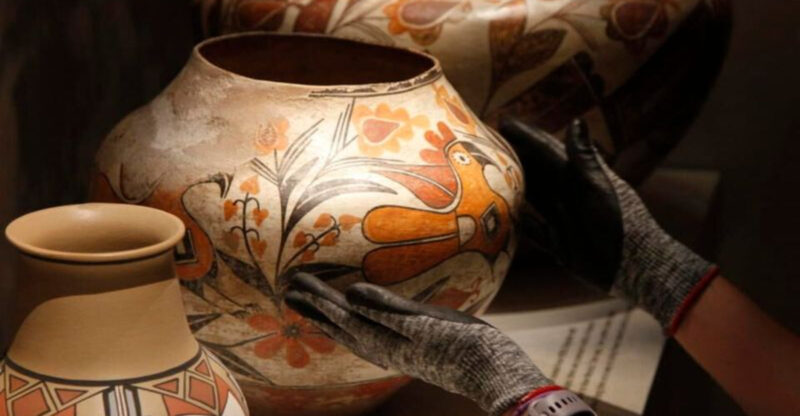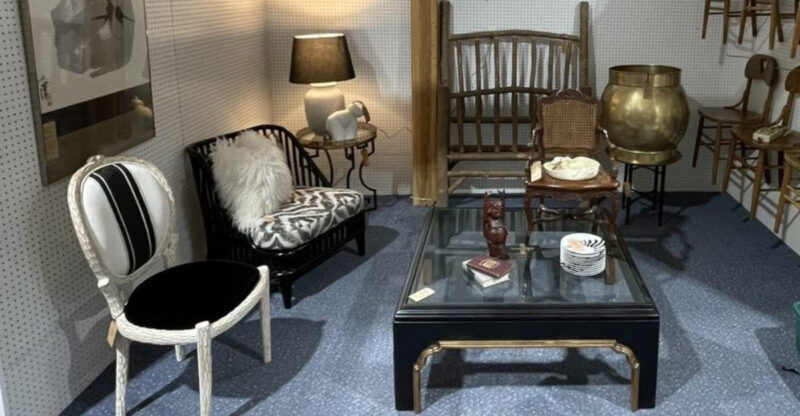11 Antique Interior Items That Are Practically Worthless Nowadays (Plus 8 That Are Worth A Fortune)

Ever wonder if that dusty heirloom in your attic could fund your dream vacation? The world of antiques can be tricky to navigate, with some items skyrocketing in value while others barely fetch a few dollars at yard sales.
Before you trash that old lamp or sell grandma’s china for pennies, let’s explore which antique interior items are practically worthless today – and which ones might just be hidden treasure.
1. Worthless: Mass-Produced Victorian Furniture

Once the pride of middle-class homes, these ornate pieces have lost their appeal. Victorian furniture from mass production lines simply doesn’t command respect in today’s market.
Many pieces were manufactured in such large quantities that they’ve become commonplace. The dark, heavy aesthetic also clashes with modern minimalist preferences, further driving down demand.
2. Worthless: Vintage Silverplate Items
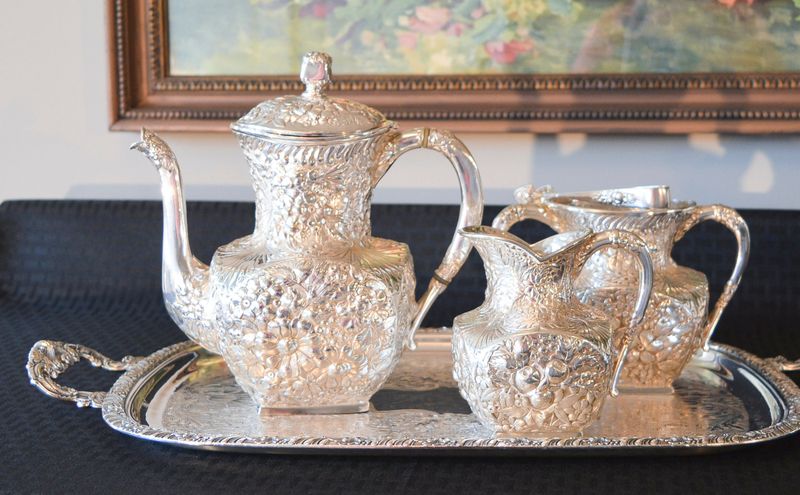
Shiny doesn’t equal valuable when it comes to these tarnished treasures. Unlike sterling silver, silverplate merely contains a thin coating of silver over base metal.
The plating wears off over time, revealing the cheaper metal underneath. Most silverplate tea sets, trays and serving pieces flood antique markets with little interest from buyers, often selling for less than $30.
3. Worthless: Commemorative Plates And Collectibles
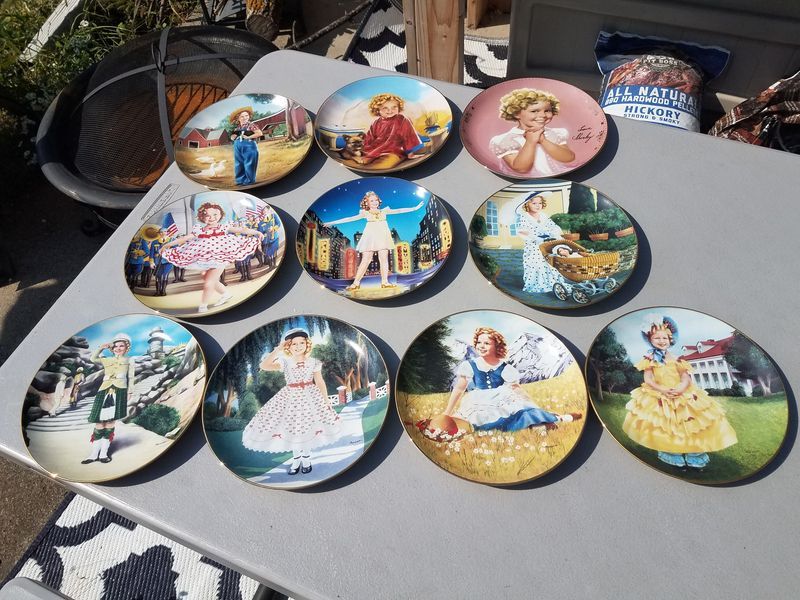
Remember those “limited edition” collector plates your grandma displayed? Turns out they weren’t so limited after all!
Manufactured in huge quantities despite marketing claims, these items were designed specifically for the collector market. The Bradford Exchange and Franklin Mint churned out thousands of these plates, making them about as rare as dandelions in springtime.
4. Worthless: Depression Glass
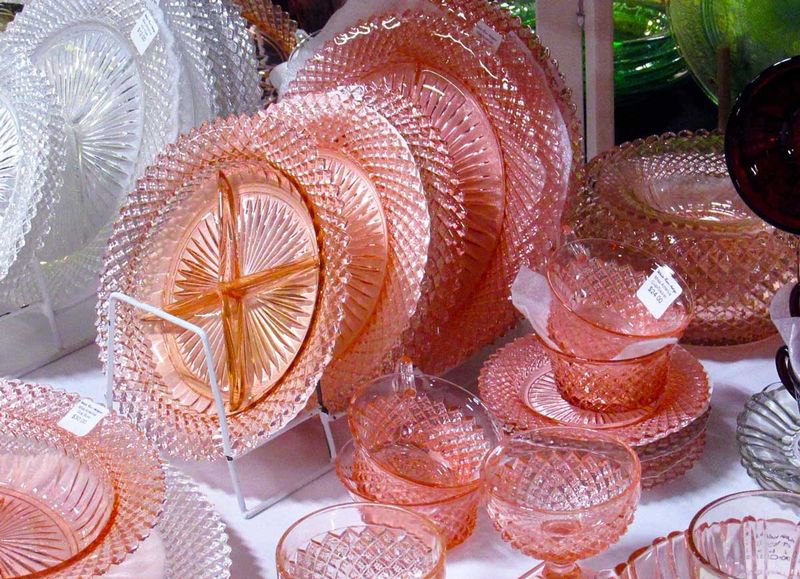
The colorful glassware that brightened homes during America’s darkest economic period now sits unloved in thrift stores. Given away as promotional items with purchases of flour or at movie theaters, these pieces were never high quality.
While some rare patterns retain value, most Depression glass floods the market. The pretty pink, green, and amber pieces typically sell for just a few dollars each.
5. Worthless: Old Sewing Machines
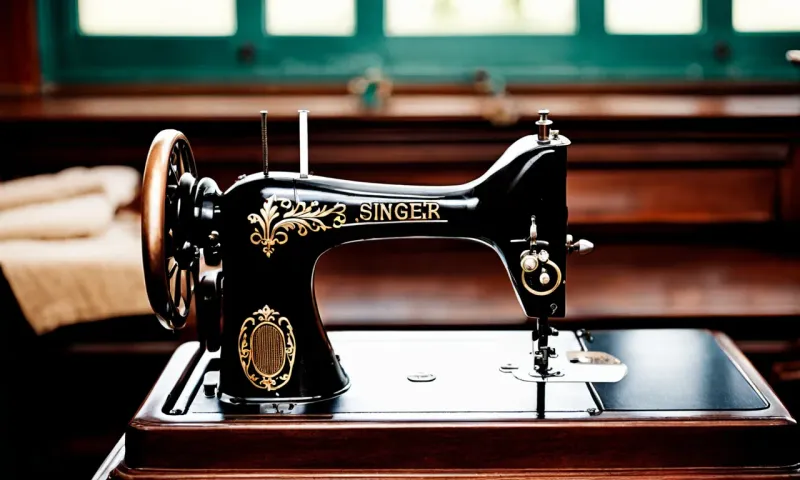
Heavy as anchors and twice as cumbersome, vintage sewing machines gather more dust than dollars. Singer produced millions of these machines, making most models extremely common.
Unless you’ve got a rare early model from the 1850s, your grandmother’s sewing companion probably won’t stitch together a fortune. Most sell for $50-100, barely covering the cost of moving these cast-iron behemoths.
6. Worthless: Vintage Encyclopedias
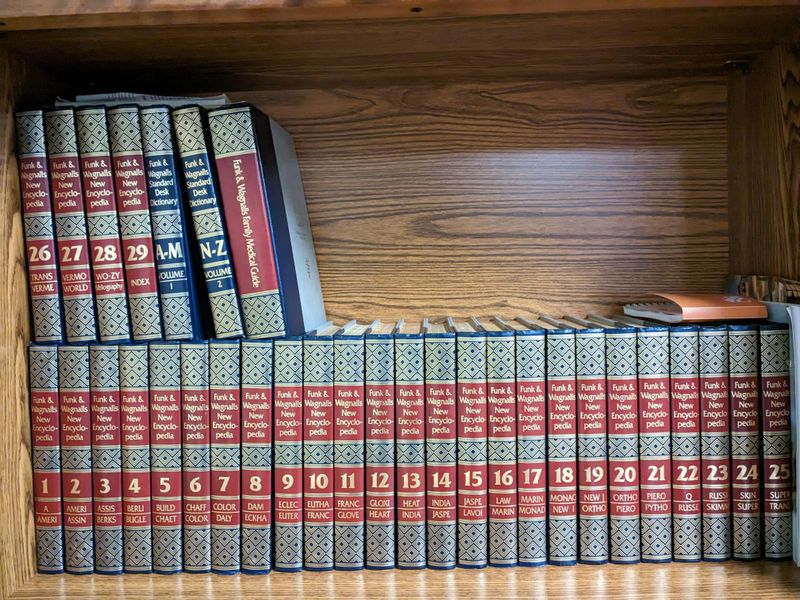
Those impressive leather-bound tomes that signaled intellectual status have lost their reference value in the digital age. Encyclopedia sets once cost families thousands of dollars paid through installment plans.
Today, with information available instantly online, these outdated knowledge repositories gather dust. Complete sets of Encyclopaedia Britannica or World Book often sell for less than $30 or get left behind at estate sales.
7. Worthless: Ornate Picture Frames
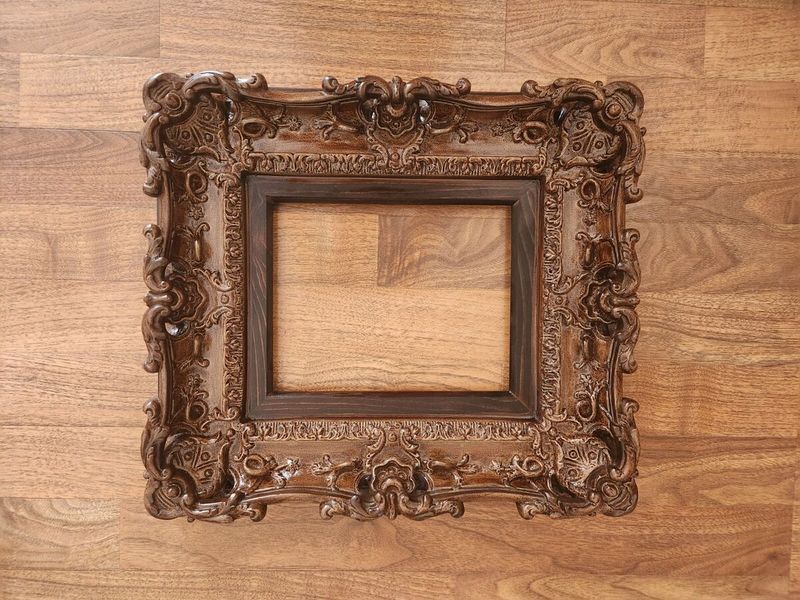
Elaborate gold-toned frames that once showcased family portraits have fallen from favor. The ornate, rococo-style frames that adorned Victorian and early 20th-century homes overwhelm modern aesthetic sensibilities.
Mass-produced versions lack the craftsmanship of hand-carved antiques. These heavy, dust-collecting frames typically sell for $5-15 at thrift stores, regardless of their age or original cost.
8. Worthless: Early 20th Century Pianos
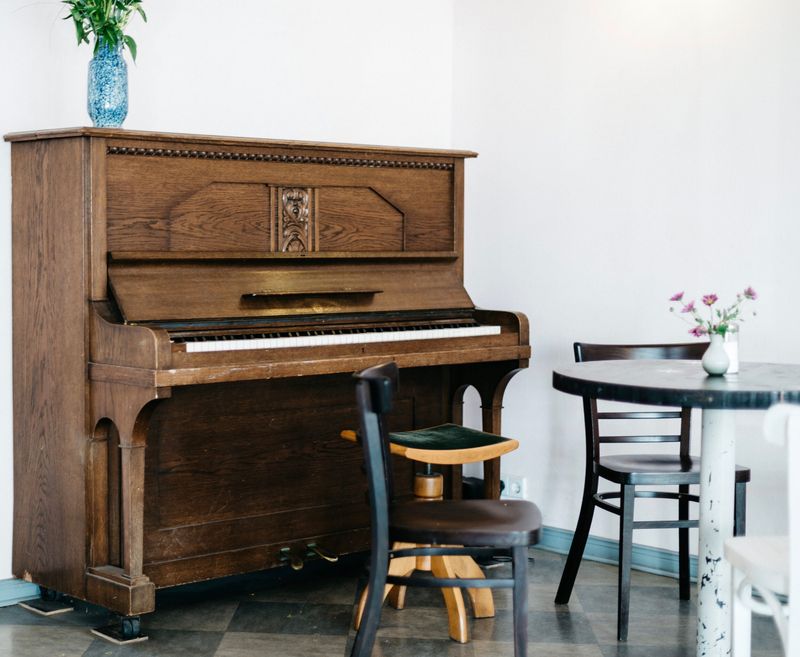
Once the entertainment centerpiece of American homes, upright pianos from 1900-1930 have hit a sour note in value. Manufacturers produced these instruments by the hundreds of thousands during their heyday.
Moving these 500+ pound behemoths costs more than their market value. Many are given away for free just to avoid disposal fees, with only rare makers like Steinway maintaining significant worth.
9. Worthless: Heavy Dark Wood Furniture
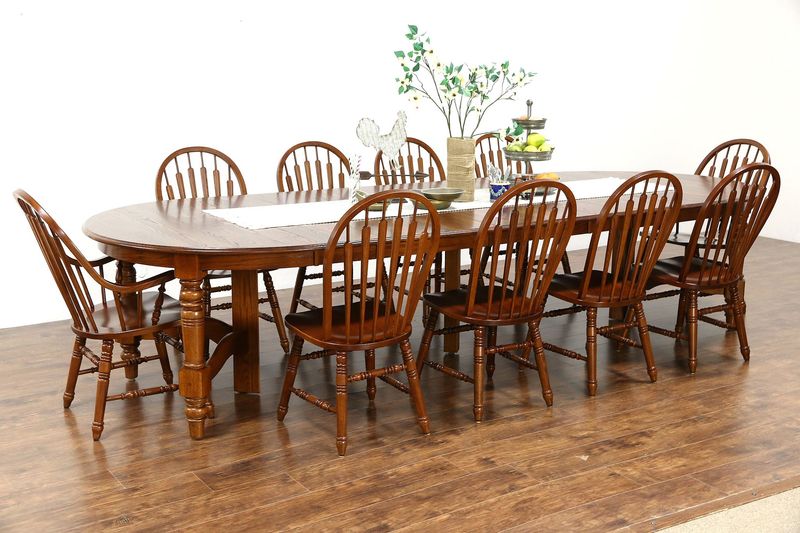
Massive dining sets and bedroom suites from the 1920s-1960s have fallen dramatically in value. Young homeowners simply don’t want these bulky pieces that dominated their grandparents’ homes.
Dark mahogany, walnut, and oak furniture from this era often sells for pennies on the dollar. A dining set that cost the equivalent of $10,000 in today’s money might fetch just $200-300 at auction.
10. Worthless: Vintage Porcelain Figurines
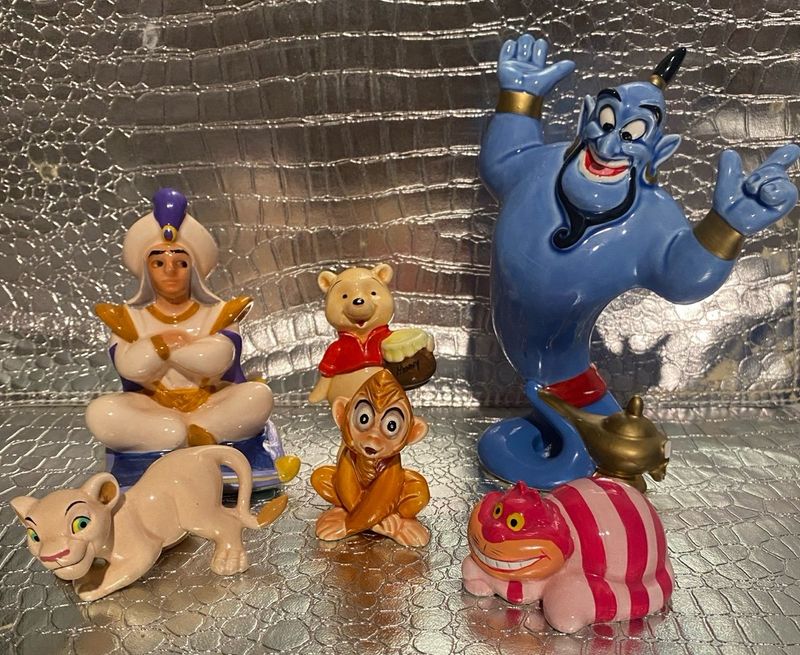
Those dainty dancers and precious pastoral scenes have pirouetted right out of fashion. Mass-produced figurines from companies like Hummel, Precious Moments, and Royal Doulton flooded the market for decades.
While collectors once drove prices up, younger generations show little interest. Most figurines now sell for 10-20% of their original purchase price, with only the rarest examples maintaining value.
11. Worthless: Crystal Decanters And Barware
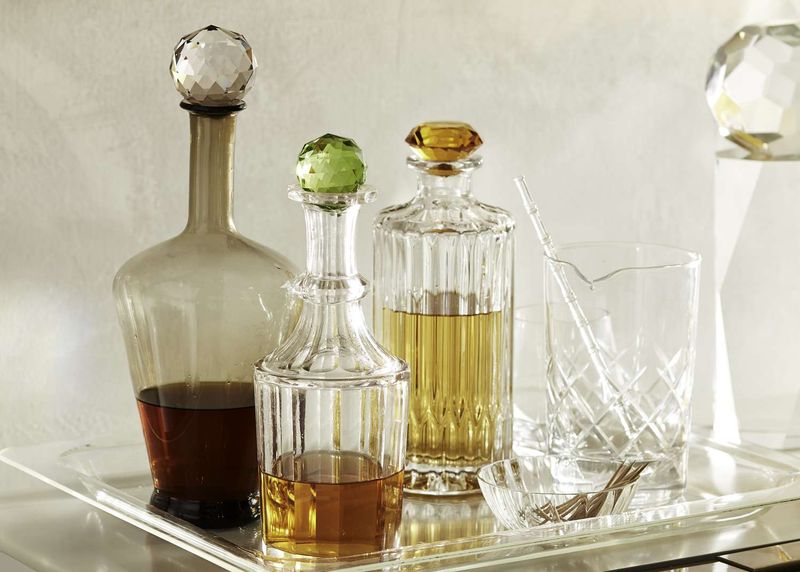
The sparkling crystal that once graced cocktail hours has lost its fizz in the resale market. Lead crystal decanters, ice buckets, and cocktail glasses were wedding registry staples for generations.
Despite recognizable names like Waterford and Baccarat, most crystal barware sells for a fraction of its original price. Health concerns about lead crystal have further dampened demand, with complete sets often available for under $50.
12. Valuable: Genuine Tiffany Lamps
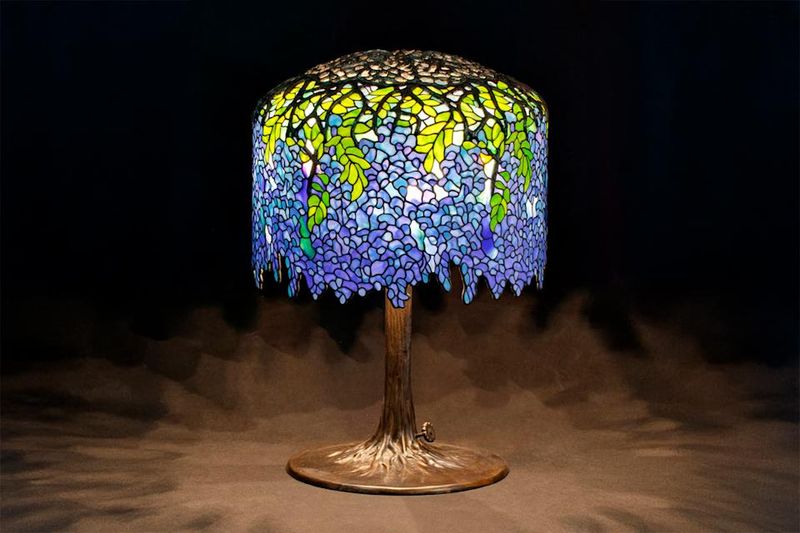
Authentic Tiffany lamps illuminate the antique market with six-figure price tags. Created by Louis Comfort Tiffany’s studios between 1890-1930, these handcrafted masterpieces feature intricate stained glass in nature-inspired designs.
Each lampshade contains hundreds of precisely cut glass pieces. Genuine examples have sold for over $1 million at auction, though beware – reproductions abound, making expert authentication essential.
13. Valuable: Mid-Century Modern Furniture

Clean lines and functional design have made these 1950s-1960s pieces more valuable than ever. Original works by designers like Eames, Saarinen, and Noguchi command premium prices in today’s market.
An authentic Eames lounge chair can fetch $5,000-$7,000, while even lesser-known pieces from this era have skyrocketed in value. The timeless aesthetic appeals strongly to contemporary decorating sensibilities.
14. Valuable: Arts And Crafts Movement Furniture
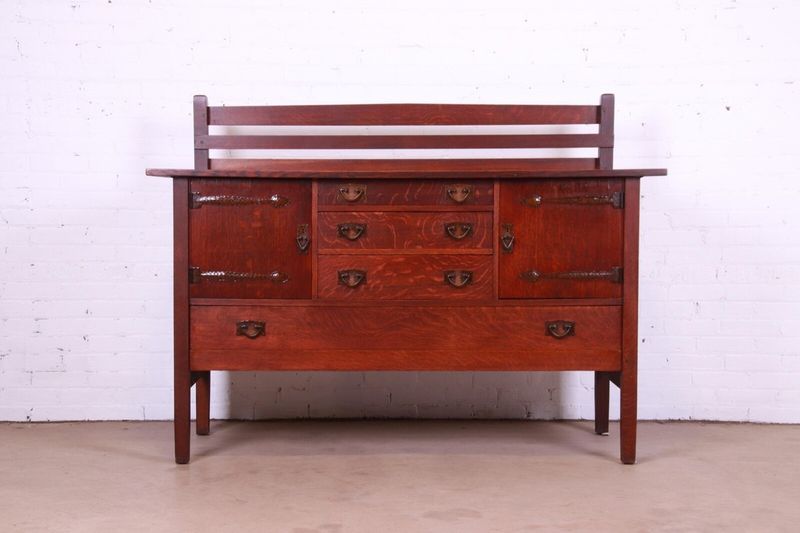
Handcrafted quality defines these early 20th-century treasures that continue appreciating in value. Created as a reaction against mass production, pieces by Gustav Stickley, Greene & Greene, and Roycroft artisans showcase exceptional workmanship.
The straightforward designs and honest materials resonate with today’s buyers. A genuine Stickley sideboard or Morris chair can command $10,000-$30,000 from eager collectors.
15. Valuable: Art Deco Lighting Fixtures
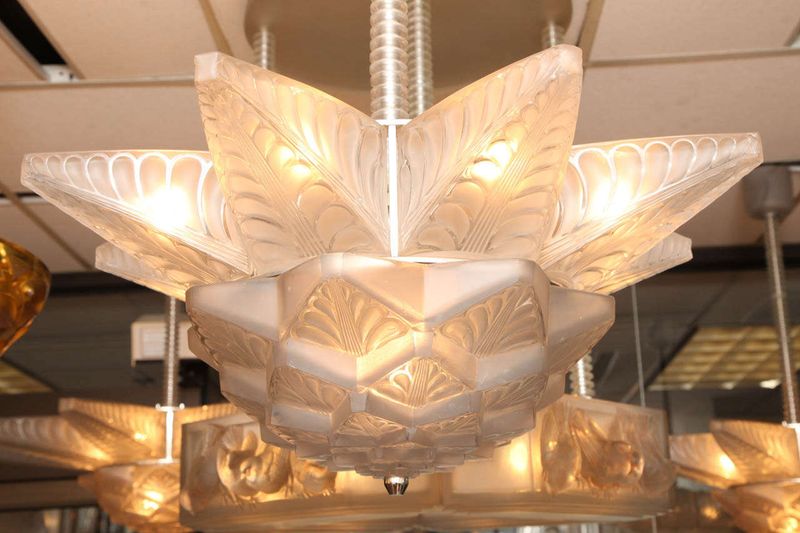
Geometric elegance illuminates the high-end antique market through these architectural gems. Featuring bold lines, stepped forms, and materials like chrome, bronze, and frosted glass, Art Deco fixtures epitomize 1920s-30s glamour.
Original ceiling fixtures and sconces by makers like Sabino and Lalique can command $2,000-$20,000. Their sculptural presence makes them functional art pieces in contemporary interiors.
16. Valuable: Antique Persian And Oriental Rugs
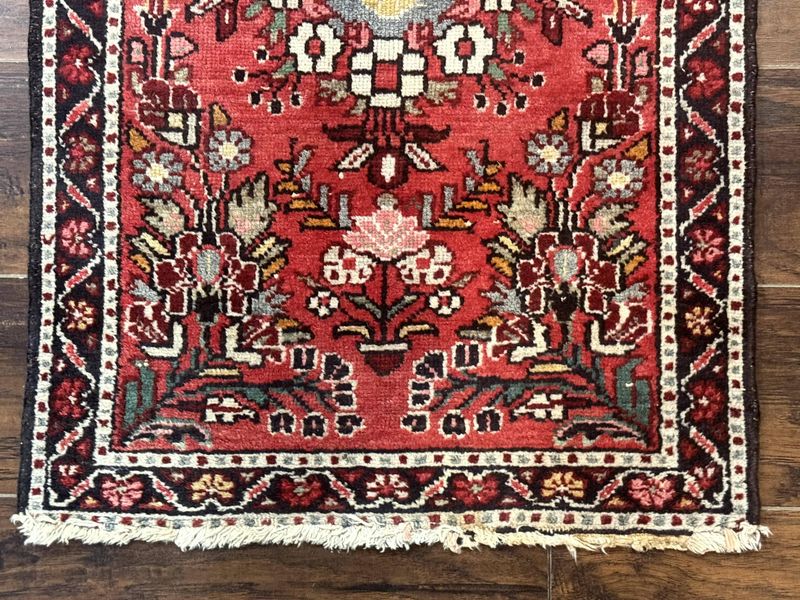
Hand-knotted masterpieces continue to appreciate as machine-made alternatives flood the market. Fine antique rugs feature natural dyes, complex patterns, and incredible knot counts that modern production cannot match.
A well-preserved 19th-century Persian Heriz or Tabriz carpet can fetch $20,000-$50,000. The rich patina of age actually enhances value, with worn but intact examples preferred over restored pieces.
17. Valuable: Early American Folk Art
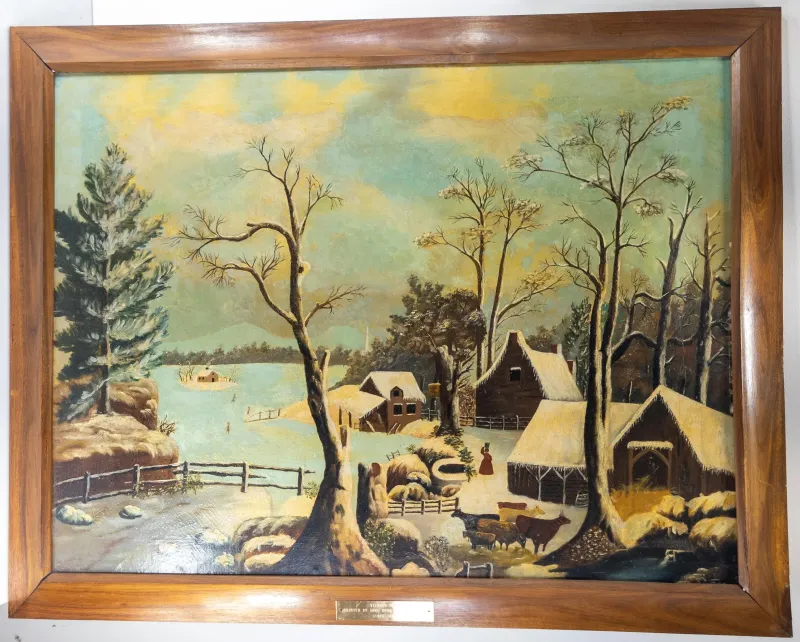
Quirky charm and historical significance make these primitive pieces extraordinarily valuable. Created by untrained artists from the 18th and 19th centuries, folk art offers authentic glimpses into early American life.
Weathervanes, carved figures, and painted furniture with original surfaces command the highest prices. A rare 19th-century carved eagle weathervane recently sold for over $100,000, while painted blanket chests regularly fetch five figures.
18. Valuable: Authentic Art Nouveau Decorative Objects
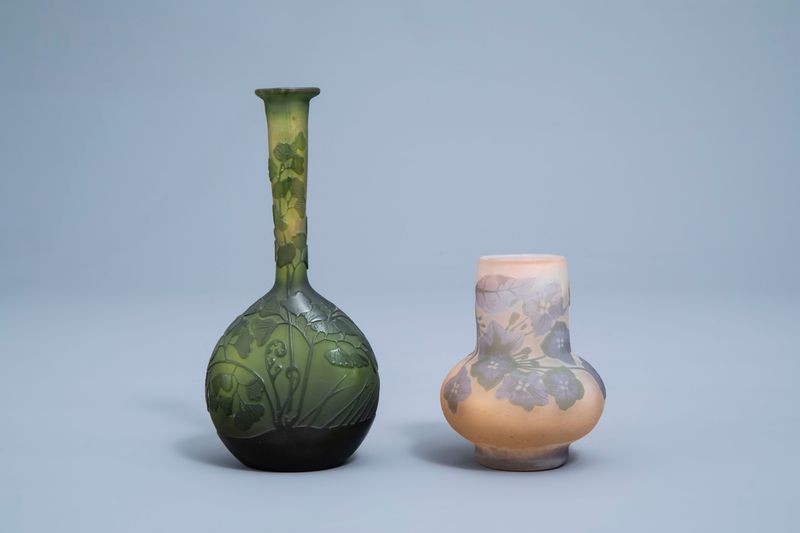
Flowing, nature-inspired designs characterize these turn-of-the-century treasures that collectors eagerly pursue. Created between 1890-1910, genuine Art Nouveau pieces by masters like Émile Gallé and Louis Majorelle showcase exceptional craftsmanship.
A single Gallé cameo glass vase can sell for $5,000-$30,000. The movement’s organic forms and innovative techniques created objects that function as both household items and museum-quality art.
19. Valuable: Pre-1950s Vintage Posters
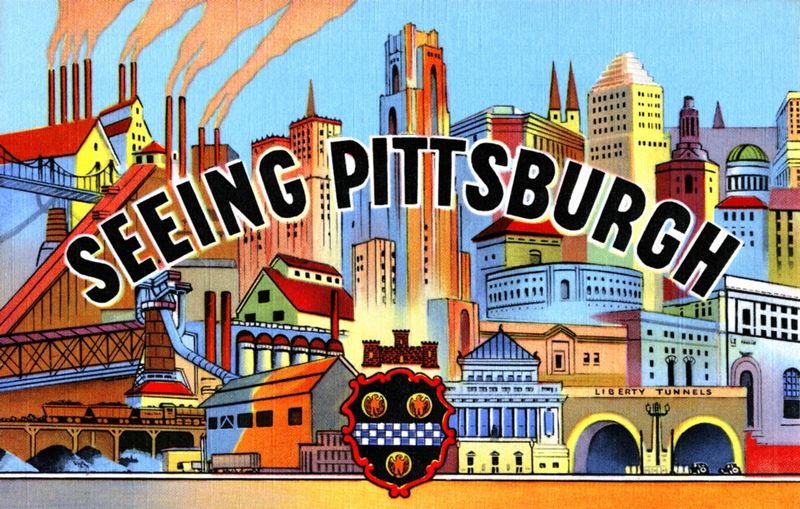
Vibrant advertisements from a bygone era now command astonishing prices from collectors worldwide. Original travel, film, and product posters from the early 20th century have transformed from ephemera into valuable art.
Condition is paramount, with unbacked, untorn examples fetching premium prices. A rare Art Deco travel poster might sell for $5,000-$25,000, while early movie posters can exceed $50,000 for iconic films.

